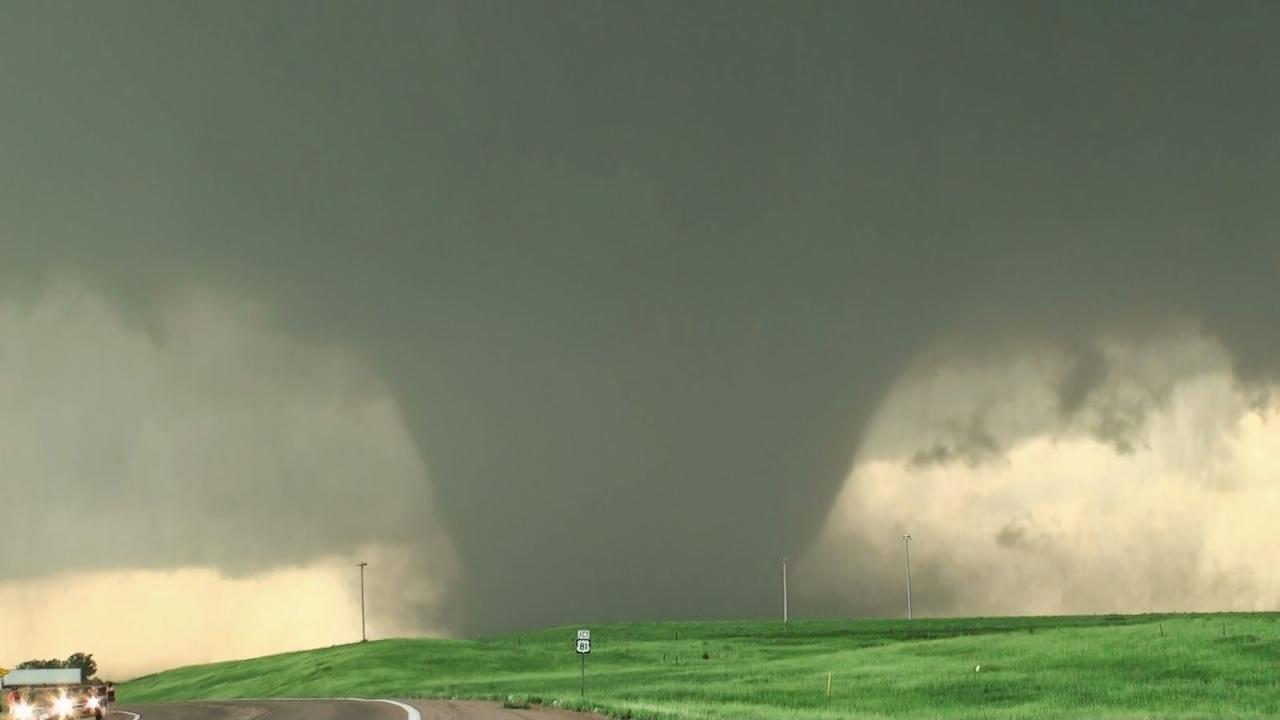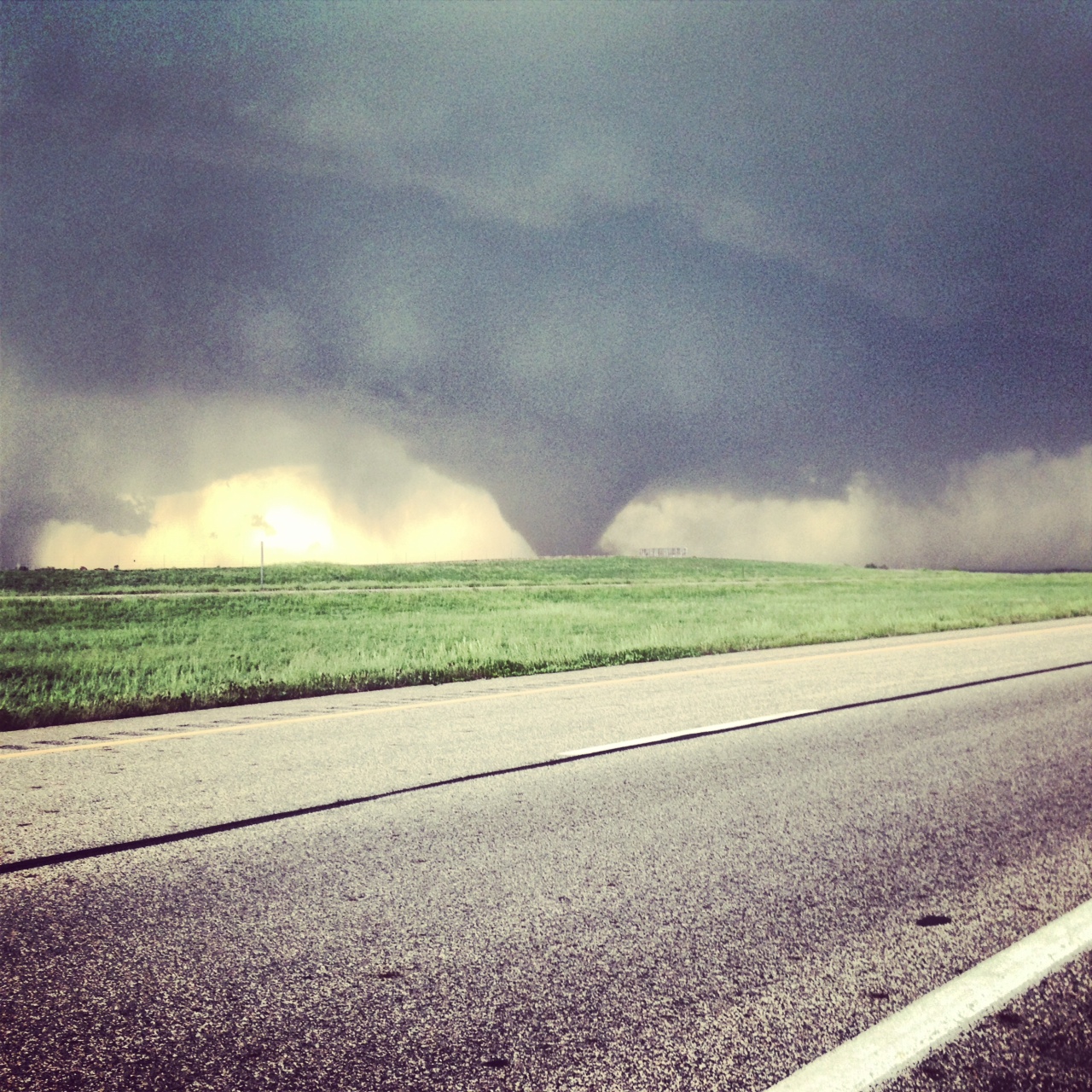
The Bennington Tornado, a destructive force of nature, left an indelible mark on the community. Its impact, both immediate and long-term, serves as a stark reminder of the devastating power of tornadoes and the importance of preparedness.
Unveiling the intricate details of this catastrophic event, this comprehensive analysis delves into the historical backdrop, scientific characteristics, and profound impact of the Bennington Tornado.
Bennington Tornado: Historical Overview

On August 1, 1984, a devastating tornado ripped through the town of Bennington, Oklahoma, leaving a trail of destruction in its wake. The twister, which touched down at 4:30 p.m. CDT, traveled a path of 16 miles, killing 12 people and injuring dozens more.
Meteorological Conditions
The formation of the Bennington tornado was a result of a complex interplay of meteorological factors. A strong low-pressure system moving across the central United States combined with high levels of moisture and wind shear to create the ideal conditions for tornado development.
Damage and Impact
The Bennington tornado caused widespread damage to the town, destroying homes, businesses, and infrastructure. The tornado’s path was marked by downed power lines, uprooted trees, and flattened buildings. The total cost of the damage was estimated to be in the millions of dollars.
Bennington Tornado: Scientific Analysis

Intensity and Characteristics, Bennington tornado
The Bennington tornado was rated an F4 on the Fujita scale, indicating winds of up to 207 miles per hour. The tornado’s path was 16 miles long and up to a quarter-mile wide.
Fujita Scale
The Fujita scale is a measure of tornado intensity based on the damage caused by the twister. It ranges from F0 (weakest) to F5 (strongest). The Bennington tornado was one of the strongest tornadoes to hit Oklahoma in history.
Contributing Factors
Several factors contributed to the strength and longevity of the Bennington tornado, including:
- Strong wind shear
- High levels of moisture
- A long-lived supercell thunderstorm
Bennington Tornado: Impact on the Community

Immediate Impact
The Bennington tornado had a devastating impact on the community. Homes and businesses were destroyed, and many people were left homeless. The tornado also caused widespread power outages and disruptions to communication.
Long-Term Effects
The tornado also had long-term effects on the community. The economic losses were significant, and many people lost their jobs. The tornado also caused psychological trauma for many residents, who were left with feelings of fear and anxiety.
Community Response
The community of Bennington responded to the tornado with resilience and determination. Relief efforts were quickly organized, and volunteers from across the state came to help with the cleanup and rebuilding efforts.
Bennington Tornado: Lessons Learned
Disaster Preparedness
The Bennington tornado taught valuable lessons about disaster preparedness. It highlighted the importance of having a disaster plan in place and knowing what to do in the event of a tornado.
Tornado Warning Systems
The tornado also led to improvements in tornado warning systems. New technologies were developed to help forecasters better predict tornadoes and issue warnings earlier.
Building Codes
The Bennington tornado also prompted changes to building codes. New codes were implemented to make buildings more resistant to tornadoes and other extreme weather events.
Concluding Remarks
The Bennington Tornado stands as a testament to the fragility of our communities in the face of natural disasters. By understanding the lessons it imparted, we can better prepare for future events, mitigate risks, and strengthen our resilience to the unpredictable forces of nature.
FAQ
What is the Fujita scale used for?
The Fujita scale is used to rate the intensity of tornadoes based on the damage they cause.
What are the long-term effects of a tornado?
Long-term effects of a tornado can include economic losses, psychological trauma, and disruption of community infrastructure.





